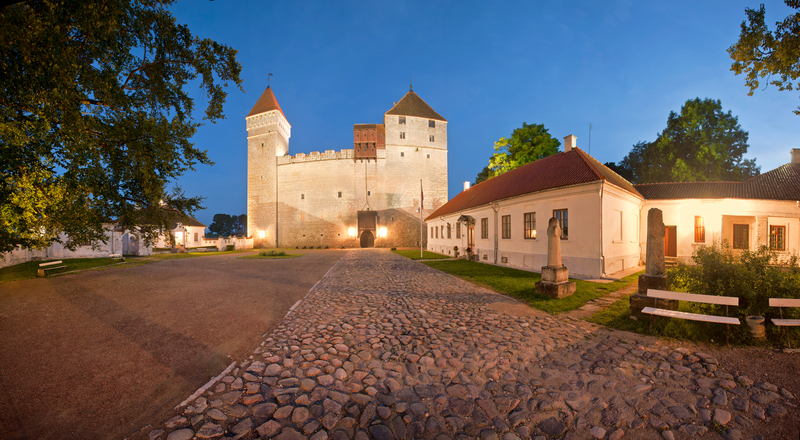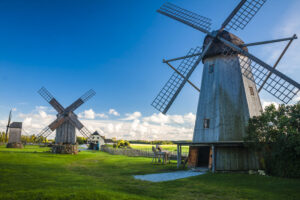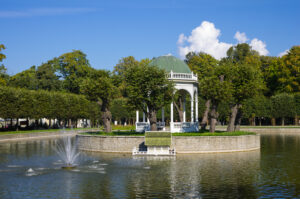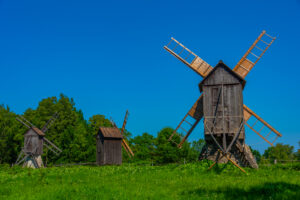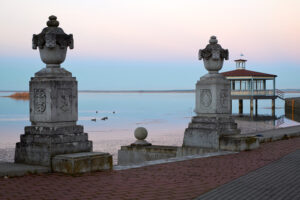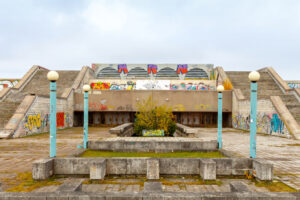Estonia, a northern European gem, boasts a diverse and compelling history that spans thousands of years. From its earliest settlers to its modern achievements, the historical journey of Estonia provides fascinating insights into the nation’s cultural, political, and social evolution. Let’s delve into this historical journey, from ancient times to the present.
Prehistoric Times
Estonia’s story begins in prehistoric times when the region was inhabited by Finno-Ugric tribes. Archaeological findings, such as the famed “Pulli settlement”, reveal a fascinating tapestry of Stone Age cultures that lived on this land as early as 10,000 years ago. These early inhabitants led a semi-nomadic life, surviving through hunting, fishing, and gathering.
Early Middle Ages
The early Middle Ages marked the arrival of Vikings and other Scandinavian explorers to the Baltic Sea region. During the 5th-7th centuries, fortified settlements began to appear, indicating the growth of local communities. The Viking Age left a profound impact on Estonia’s culture, as evident from various artifacts, ship burials, and place names of Scandinavian origin.
German and Danish Rule
In the 13th century, German crusaders invaded Estonia, marking the start of seven centuries of foreign rule. The Germans brought with them Christianity and feudalism. The Danish also had control over parts of Northern Estonia, especially Tallinn. The rule of these foreign powers led to significant cultural and political shifts in the region.
Livonian Order and Swedish Rule
Following the decline of the German Order, the Livonian Order, a branch of Teutonic Knights, took control. The Livonian rule was characterized by a rigid feudal system and intensified Christianization. After the Livonian War, most of Estonia came under Swedish rule in the late 16th century. The Swedish reign is often referred to as the “good old Swedish times” as it saw the establishment of schools and a reduction in serfdom.
Tsarist Russia
In the wake of the Great Northern War in the early 18th century, Estonia became a part of the Russian Empire. Although the feudal system continued, the Tsarist rule also saw the national awakening of Estonians, marked by the growth of Estonian literature, press, and a surge in national consciousness.
War of Independence and Interwar Period
The aftermath of World War I and the October Revolution in Russia created a window of opportunity for Estonia to fight for its sovereignty. The War of Independence, fought from 1918 to 1920, resulted in the Treaty of Tartu, which recognized Estonia as an independent and sovereign nation. The interwar period saw a democratic republic, cultural development, and economic modernization.
Soviet Occupation and World War II
However, the independence was short-lived as Estonia was forcibly incorporated into the Soviet Union in 1940, following the secret protocols of the Molotov-Ribbentrop Pact. World War II brought further devastation, including mass deportations to Siberia. The Soviet occupation marked a period of political repression, forced collectivization, and Russification.
Singing Revolution and Restoration of Independence
The late 1980s saw a peaceful mass resistance movement known as the Singing Revolution, fueled by a renewed desire for national independence. In 1991, following a failed coup in Moscow, Estonia officially regained its independence. The Singing Revolution demonstrates the powerful role of culture and collective memory in Estonia’s national identity.
Modern Estonia
Since the restoration of independence, Estonia has undergone significant political and economic transformations. It joined both the European Union and NATO in 2004, and has developed a reputation as a global leader in digital governance. Known as the birthplace of Skype, modern Estonia, or e-Estonia, stands as a testament to the country’s resilience, innovation, and forward-thinking nature.
From ancient settlers to digital revolutionaries, Estonia’s history is a rich tapestry of cultural influences, foreign domination, fierce resilience, and innovative progression. Understanding this historical journey provides not only a deeper insight into the country’s past but also a greater appreciation of its present. As we reflect on Estonia’s historical journey, we acknowledge the determination of its people, who have consistently strived to maintain their unique cultural identity and independence.

